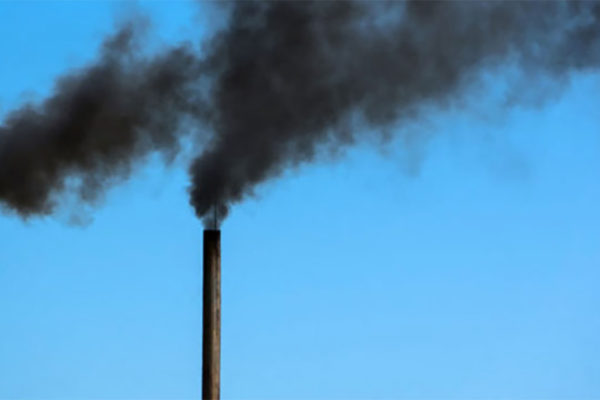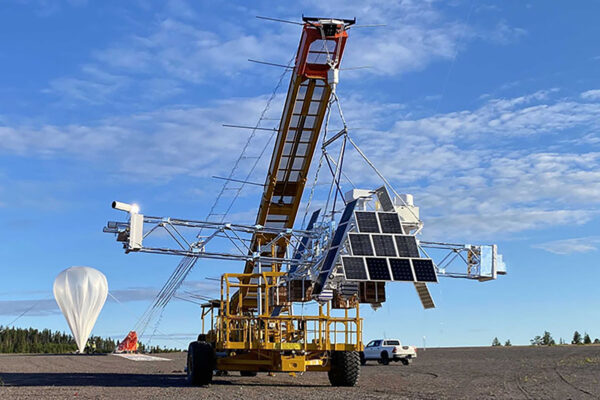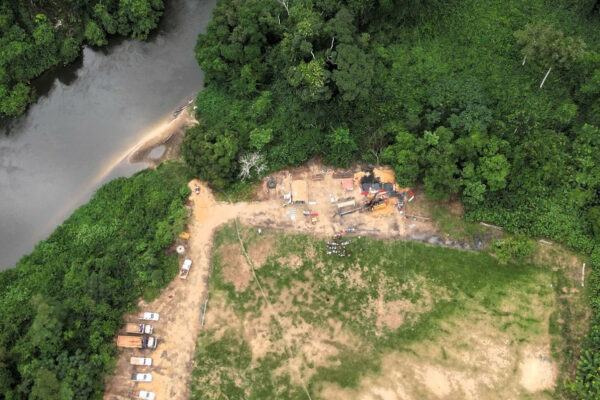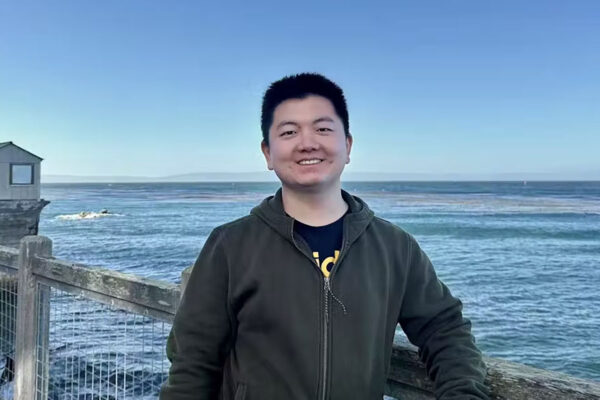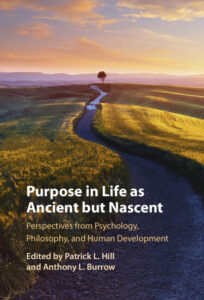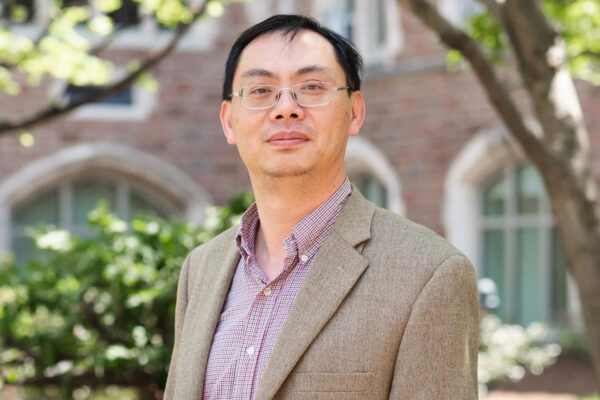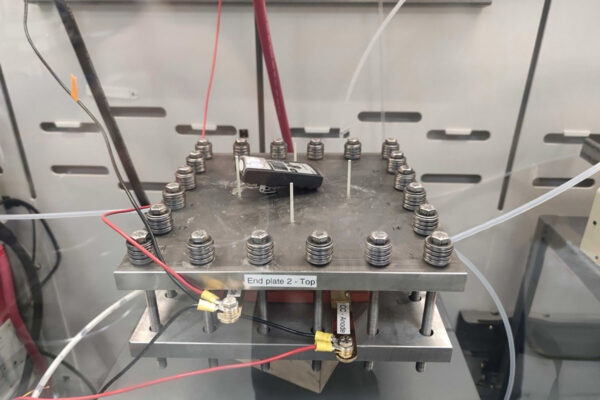WashU students challenge Missouri air pollution findings
Two students from Washington University in St. Louis’ Interdisciplinary Environmental Clinic recently took aim at the state’s arguments about who bears responsibility for harmful air pollution in the St. Louis region.
Measuring the stars
WashU’s Performing Arts Department in Arts & Sciences will present “Silent Sky,” which explores the life and work of celebrated astronomer Henrietta Leavitt, in the A.E. Hotchner Studio Theatre Nov. 20-23.
A new angle of study for unveiling black hole secrets
Physicists from Washington University in St. Louis share results from an international collaboration for measuring the hard X-ray polarization from the black hole Cygnus X-1.
Drilling deep to study the oxygenation of Earth
David Fike, a researcher at Washington University in St. Louis, is helping to lead the American contingent of a $3.1 million international drilling project investigating a landmark shift in Earth’s evolution.
Wang receives 2025 Google PhD fellowship
Doctoral student Ruiqi Wang at Washington University in St. Louis has received a prestigious Google PhD fellowship for health research.
Purpose In Life As Ancient but Nascent
Perspectives from Psychology, Philosophy, and Human Development
Since the pandemic, many have been reflecting on their path, direction, and identity, all tied to a deeper question: What is one’s purpose in life? Research reveals that understanding this purpose can significantly impact well-being, health, and personal development. This volume offers fresh insights by bringing together scholars from various fields to explore purpose from […]
Yang honored with American Physical Society fellowship
Li Yang, the Albert Gordon Hill Professor of Physics at WashU, has been named a 2025 fellow of the American Physical Society.
Inexpensive materials transform waste carbon into energy-rich compounds
Research from engineers at Washington University in St. Louis will help turn waste gas into energy-rich compounds for sustainable manufacturing.
Prime time for fiber optics to take a deep dive into brain circuits
A group of researchers from Washington University in St. Louis has created a new kind of fiber-optic device to manipulate neural activity deep in the brain.
New center to develop AI-based imaging tools to improve diagnosis, care
WashU Medicine Mallinckrodt Institute of Radiology is establishing the Center for Computational and AI-enabled Imaging Sciences, in partnership with WashU’s McKelvey School of Engineering, to improve the diagnosis and precision treatment of cancers, cardiovascular disease, neurological diseases and numerous other conditions.
Older Stories
